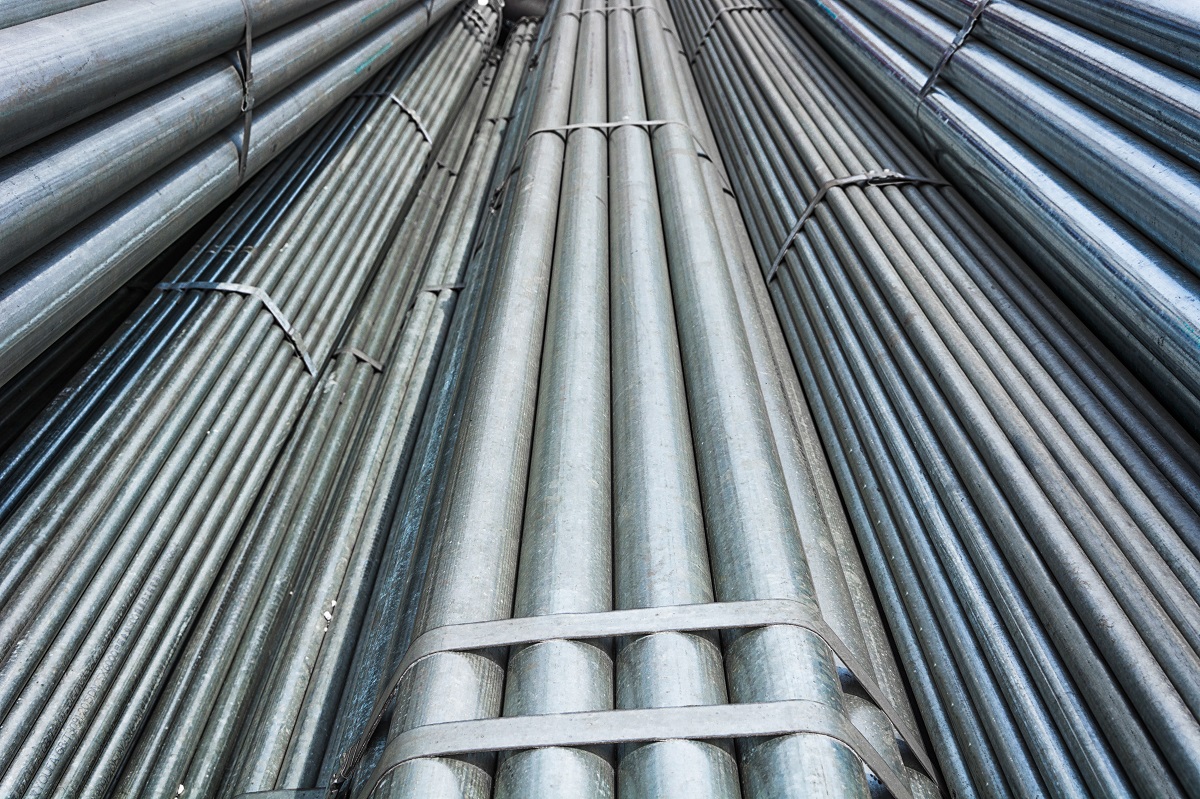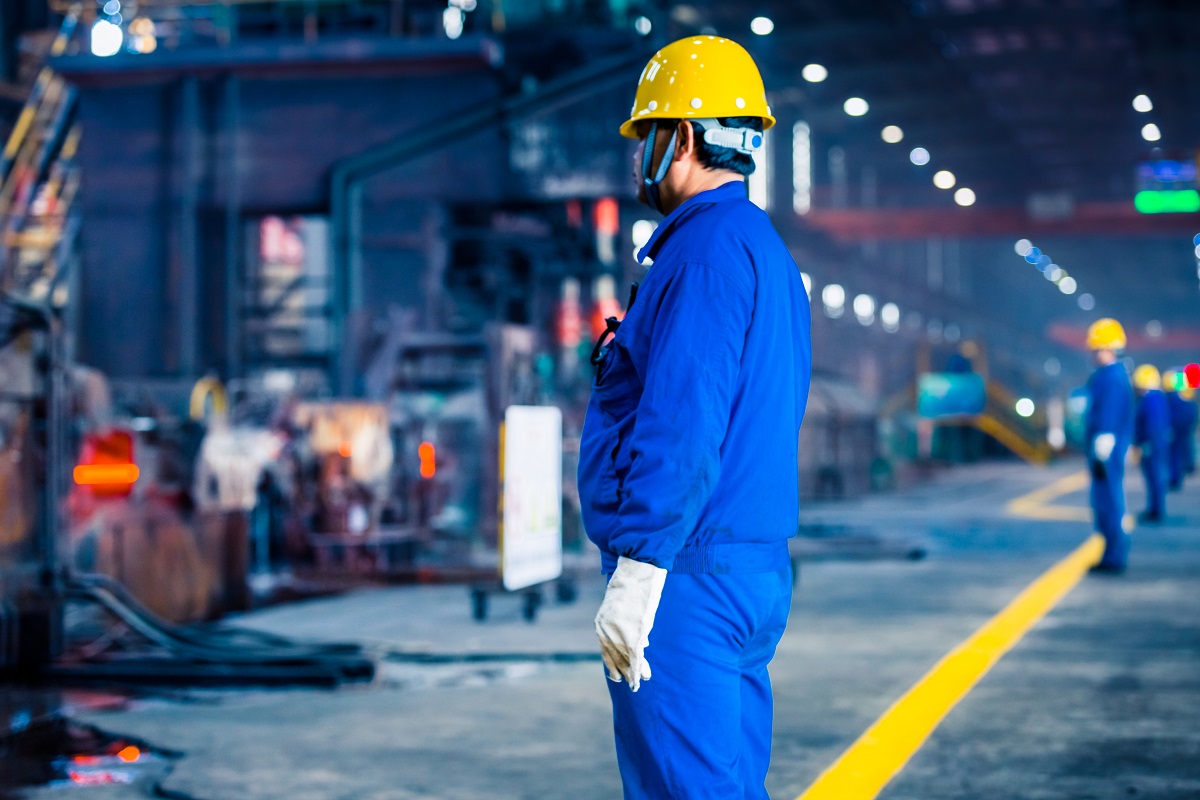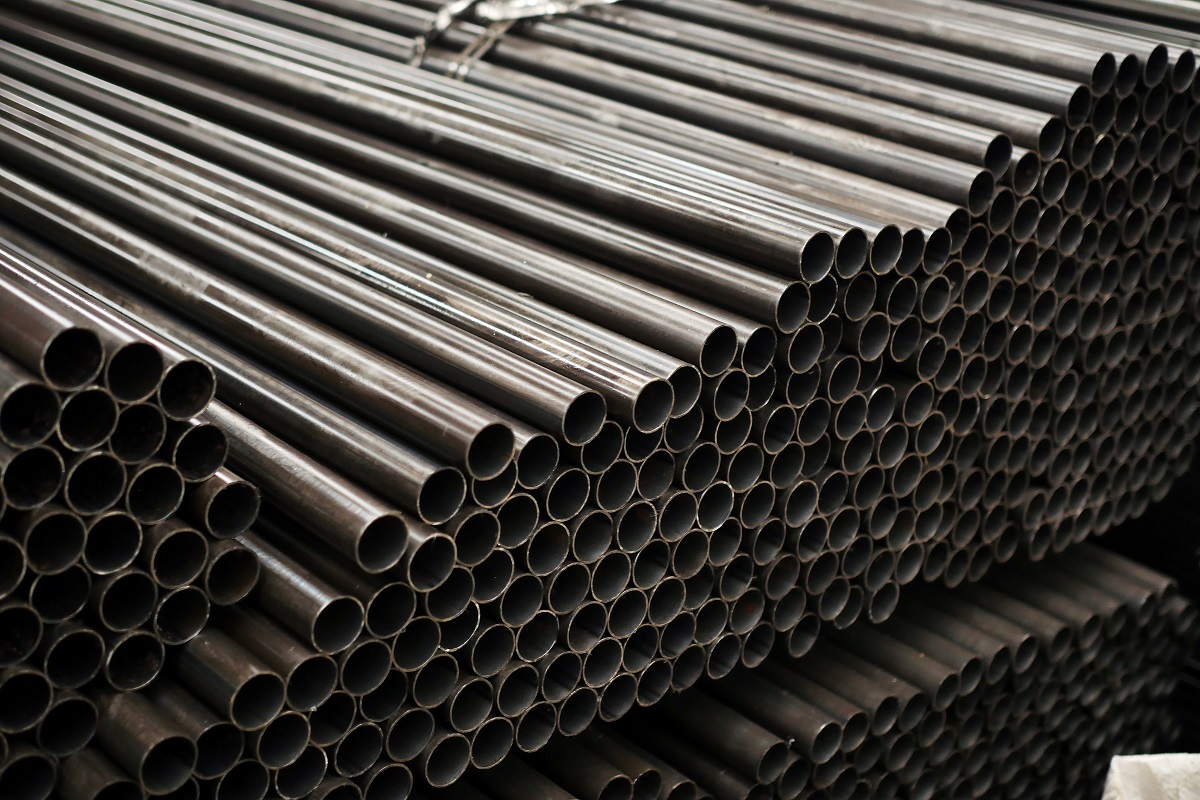
A Look into the Process of Galvanizing Steel Pipes
What is the process of galvanizing steel pipes?
- Metal Preparation
- Dipping Phase into Molten Zinc
- Cooling, Finishing, and Drying
- Quality Control
Galvanized iron pipes are widely known for a wide range of practical applications — water transportation, in agriculture, telecommunications, plumbing, and more. Galvanized iron pipes are great to utilize because of its corrosion resistance and its durability for both indoor and outdoor use. But do you ever wonder how these are made? The process of galvanizing these steel pipes are what makes them so durable and such a popular pick for engineering and construction objects worldwide. Today, we’ll be talking about exactly that! Below is a closer look into the process of creating galvanized iron pipes.
Metal Preparation
Before anything else, the iron pipes firstly go through a meticulous surface preparation. There are a number of steps the base metal has to undergo before reaching the galvanizing process. These all ensure that the iron is prepared for the next step. Typically, the process of the surface preparation of galvanized iron pipes operates as follows:
- Firstly, the steel is cleansed with the use of a caustic solution — a corrosive substance in where it will completely remove all oil, grease, dirt, and excess pain.
- After the caustic solution is rinsed off, the iron pipe is then pickled. Pickling is a metal surface treatment that is used to eliminate stains, impurities, contaminants, rust, or scale from ferrous metals.
- The iron pipe is pickled in an acidic solution to get rid of the mill scale or also known as the flaky surface of the hot-rolled steel.
- After the pickling solution is rinsed off, the iron pipe will not proceed to fluxing. Commonly, zinc ammonium chloride is what’s used to the base metal to suppress oxidation of the cleaned surface.
Dipping Phase into Molten Zinc

Although all parts are important in the galvanizing process, this is step and technique are what make it so popular. Here, the iron pipes are generously immersed in a bath of molten zinc of around 449 degrees Celsius or 840 degrees Fahrenheit. Here, it will alloy a thick and robust layer on the surface of the base metal.
Why zinc? Zinc is the substance that stops the oxygen and water from getting through the base metal underneath. It also plays a huge role in why the metal is rust and corrosion-resistant. Zinc is a sacrificial anode that comes into play when the outer layer is exposed to grime and friction.
For some, lead is added in the molten zinc bath to enhance the liquidity of the bath and limiting the excess zinc on the dipped iron pipe. This also helps prevent floating dross.
You may come across some manufacturers that utilize cold dipped galvanizing, wherein the base metal is merely painted with zinc-rich paint. However, the most common method that is used nowadays is hot-dipped galvanizing. It has been proved to provide more lasting and maintenance-free protection for metals since 1742.
Cooling, Finishing, and Drying
After the zinc dipping technique is done, it is now time for the galvanized iron pipes to cool down. Typically, the galvanized iron pipes are cooled in a quench tank for it to cool down quickly and restrain unwanted effects of the newly formed coating with the atmosphere of its surroundings.
Quality Control

Just like all manufactured products undergo strict quality control too. Here, the galvanized iron pipes are checked and determined if they are within specifications for the final product.
There is no one-size-fits-all for quality control, as each and every manufacturer has its own ways and techniques for ensuring the qualities and standards of galvanized iron pipes.
Key Takeaway
We’re all aware of the amazing benefits of galvanized iron pipes. All thanks to the process of galvanizing these steel pipes, it has been utilized in an extensive range of applications because of its rust and corrosion-free properties and its extreme durability. It creates a distinct advantage over other protection methods and any other pipes in the market.
Here at Supreme Steel Pipe, our galvanizing production undergoes a blowing system — an adapted and innovative Japanese technology to produce the best pipes in the market. Click here to learn more about the process or contact us today for all your galvanizing iron pipe needs!


